Shinsei Galverse - A New SF Gyaru Anime Born From NFT
© Galverse
There are a few things that one can almost always expect to see in Japanese anime when it comes to portraying female characters: innocent and youthful with a focus on fantasized “cuteness” from a male perspective. One may not expect to see a badass cyborg Gal with green skin and blue hime-cut hair with a shining circlet.
What is a badass cyborg Gal? That would be an overarching character concept from Shinsei Galverse, an upcoming anime led by the Galverse team, a small creative studio of three members Ayaka Ohira, Jack Baldwin, and Devin Mancuso.
Shinsei Galverse is a new kind of anime that originated from an NFT project. The project featured 8,888 Gal NFT characters and when the characters went on sale in April 2022, all 8,888 NFTs were sold in just a few hours. It became Japan’s first breakout Web3 success and secured the #1 position in OpenSea’s NFT ranking for days after its release.
Now, the Galverse team is working to turn Shinsei Galverse into an actual anime from merely being a Web3 NFT community. A powerful crossover between the nostalgic 90s design, gyaru subculture, and neo-digital NFT elements, the Galverse anime explores this unusual gap where the three worlds intersect.
Ayaka Ohira│© Galverse
Who Gets To Be The Main Character?
One of the distinctive highlights of Galverse’s NFT is the sheer amount of traits in the collection. While most NFT collections typically have around 200-500 traits, Ayaka, the animator/NFT artist of Galverse, drew well over 2000 individual traits across 22 layers for each Galverse character. The dynamic visual of Galverse is thus vividly captured in the intricate layers of decorations, hair colors, gadgets, outfits, and skin tones that each cyborg Gal is uniquely designed.
Perhaps it is the sci-fi and cyberpunk elements that shape Galverse as a world free of discrimination. The incorporation of tech and mecha (Japanese term for “mechanical”) designs allows the gyarus to be equipped with metallic space antennae, head gears, and cabled cornrows. The characters are also designed in various hairstyles and skin colors, including colors that do not exist on this earth like purple and green. “Maybe it's because the anime we usually watch originates from Japan, but it has become normal to see the main character in Asian or Caucasian skin color. But I thought that everyone should be the main character,” says Ayaka “That's why we created so many variations in skin color.”
Inspired by the anime aesthetic from the early Heisei period in the 90s, the overall touch of Shinsei Galverse feels nostalgic: the colors are highly saturated, the characters have hair and eyelashes that are sharply outlined, eyes with a large white portion, sharp jawline, and cheeks expressed as “///.”
However it is also true that many female characters from this era were usually “drawn in an overly erotic way, and they seemed to be serving more from a male perspective,” says Ayaka. 90s anime aesthetic revolves around Japan’s hentai culture because erotic games and manga originally inspired its aesthetic. It is common to see exaggeratedly long breasts drawn like rockets, for example. “That culture is a culture, and although I have respect for Japan’s hentai culture, I just couldn’t help but feel that it wasn’t my own.”

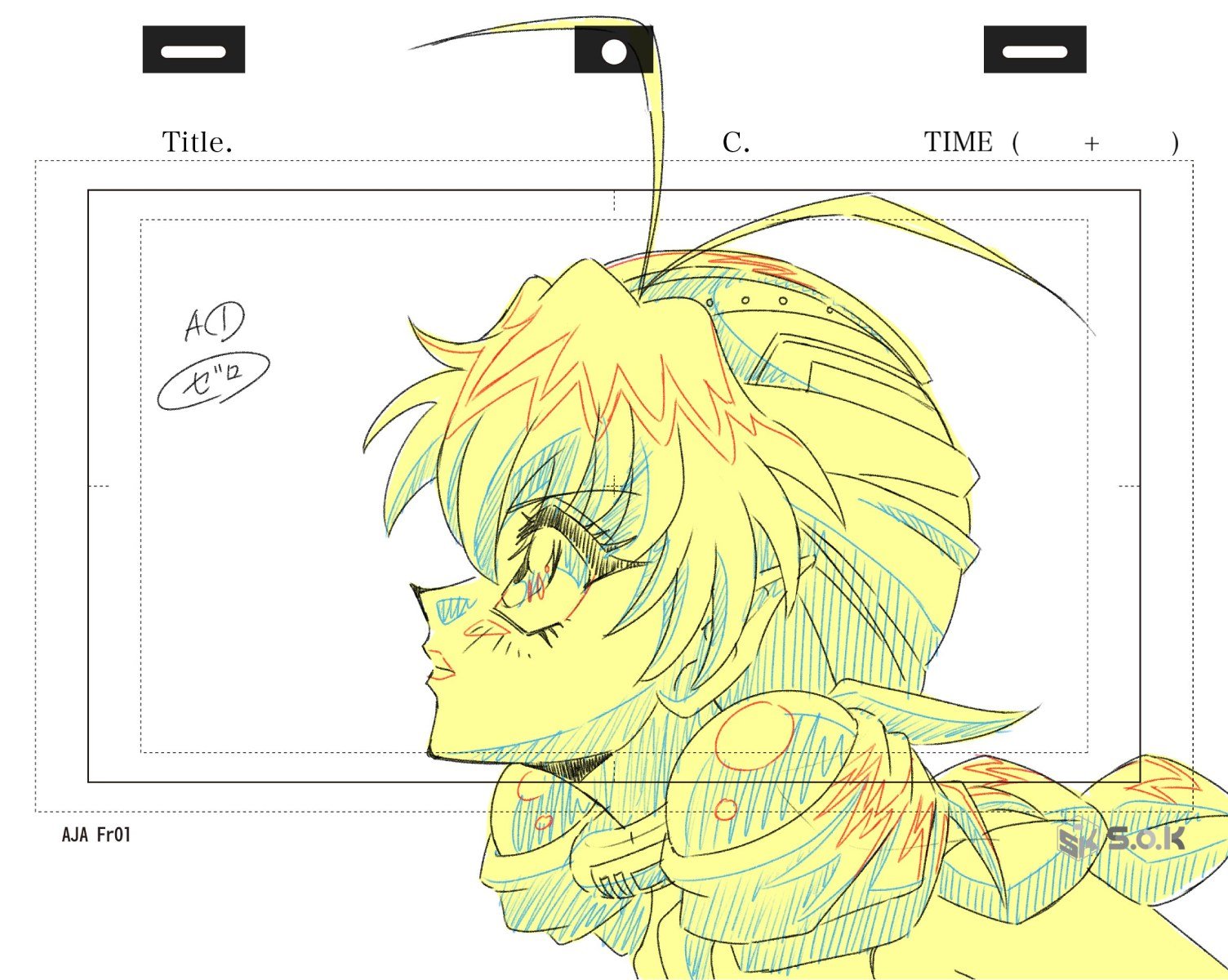
Gyaru Is About Oneness
Under Ayaka’s reimagination of the 90s anime aesthetic, the girls in Galverse break down gender stereotypes. In fact, the Galverse are set as aliens with no particular assigned gender given that Ayaka wanted the characters to feel accessible to people of all genders. Aside from the diverse physical appearances that collectively defy the overplayed “kawaii” anime girl's image, the Galverse characters’ strong gyaru sensibility also shines through. The gyarus from Shinsei Galverse all work together with the positive mindset that “We are the strongest.”
“Gyaru is never just about an individual, it’s about oneness. When talking, gyarus refer to themselves as ‘we’ and not as ‘I’,” says Ayaka who also once was a gyaru. Through Shinsei Galverse, Ayaka also aims to promote the gyaru culture to a wider audience. Not just about the flashy fashion subculture from the 90s, gyaru today refers to the mentality of living with your own values. “[Gyaru mind] is not about other people, it's about yourself. It's about living with your own values.”
This togetherness also marks how the anime Shinsei Galverse’s production operates. Unlike traditional anime studios that are usually very closed doors and opaque, the Galverse team works together with the fans and is transparent in its production process. “When we go to the studio, we'll take videos. We get materials, keyframes, and layouts out of the studio,” says Jack who manages the community and commercial aspect of Galverse.
The strength of Galverse studio is that although there are only three members on the team making the anime, the 8,000-strong fandoms are also constantly contributing and helping throw ideas, from tracking down voice actors for the anime to naming a planet or a character. Almost like a co-creation with the community, Galverse provides many opportunities for people to have fun. Because the project originated as NFT, the immense support from the Web3 NFT community is non-negligible. “We saw it as a new way basically to fund and co-create an IP or an anime really. Galverse would never be made without the Web3 kind of world,” says Jack.
It’s An Anime Born From NFT
Shinsei Galverse captures a new slice of possibility in the Japanese anime scene. Its NFT presence makes it possible to see a future in which anime transcends its niche “otaku” culture and merges together with the new virtual world’s realm.
“It’s not just a normal anime project, but it was born from NFT. So I would like to continue to work on fan community tools related to AI.” Currently, the illustrator endorses AI model training in her artwork and has come up with an AI tool called MAMA AI. “MAMA AI allows me to learn all of Galverse’s art so that anyone can use Galverse’s art to create their own fan works,” says Ayaka.
Shinsei Galverse’s openness to secondary creation introduces a new relationship model between the anime creator and the fan community. “Ayaka is directing it and is at the center of the main story, but there's room for everyone to kind of make their own things around it,” says Jack. This is unconventional in Japan’s anime world where many animation companies generally prohibit secondary creations by enforcing strong copyright law.
But on the other hand, there is also a huge secondary creation culture in Japan called the “doujinshi” culture. It is a fan practice in Japan where many enthusiastic fans create and self-publish fan works based on the original anime works. As long as they follow a set of unofficial rules, the creators’ works are regarded as an independent form of expression that is protected by copyright law. Comiket (Comic Market), for example, is the world’s largest comic book and manga event dedicated to the doujinshi culture where people can sell and buy doujin-fan works. Despite this huge culture of anime fan creation, because of the anime publishers’ strict control over copyright, the fans’ passion can only exist within this ambiguous, unofficial world.
“It's a culture where fans secretly work on the secondary creations within the unspoken rules, but I think it’s a real waste to lose sight of this enthusiasm,” says Ayaka. “At least for Galverse, we are a small studio with just a few of us so we are very flexible with the rights and allow anyone to freely and openly create fan works.”
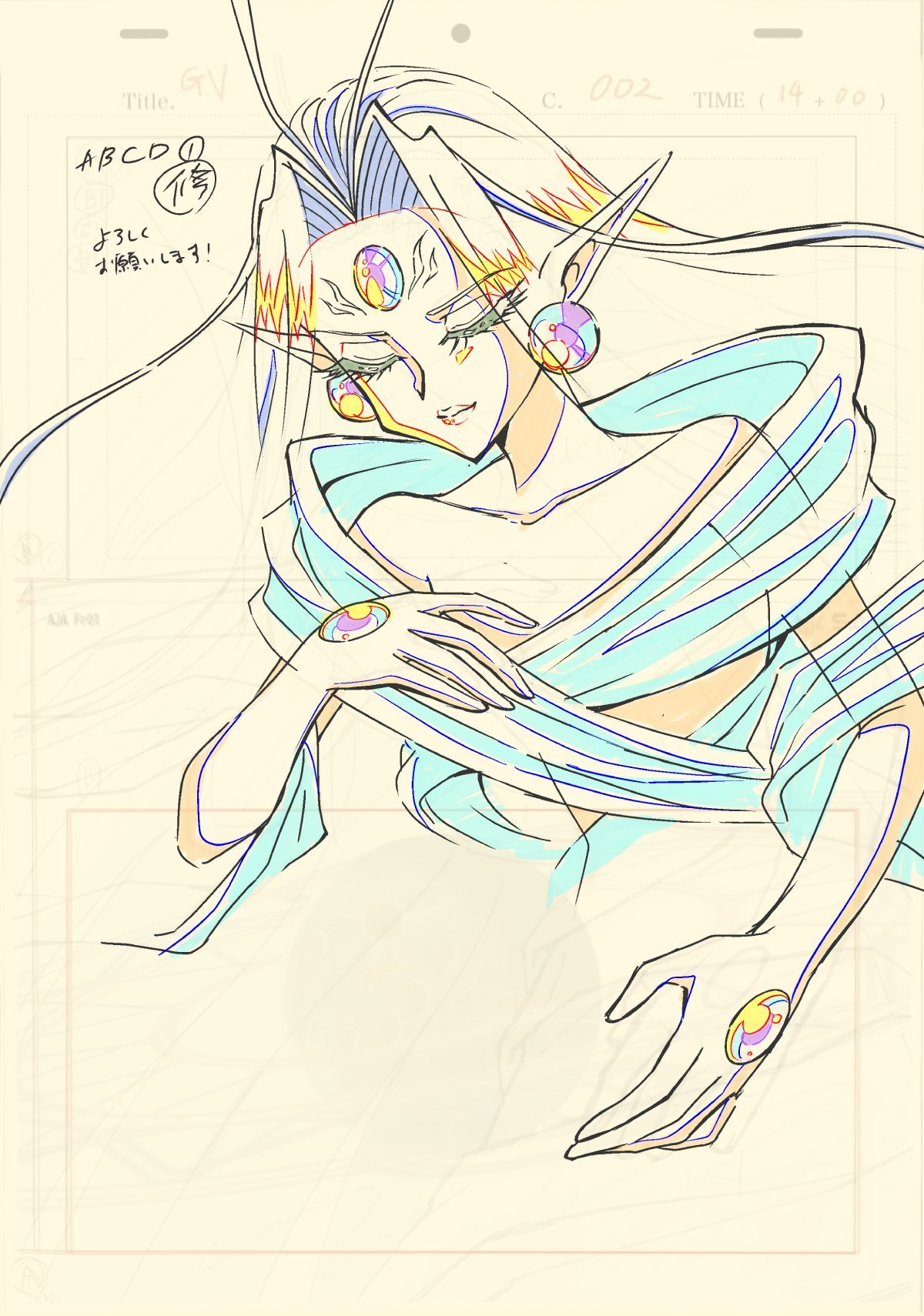

Fighting With Love
While the touch of the Shinsei Galverse animations conveys anything but SF, gyaru, and space on the surface, the underlying message calls for a deeper message on love, anti-violence, and true justice.
Ayaka imagines the overarching concept of the original Galverse story to be something with an epic storyline, foreshadowing timelines with an array of characters in a galaxy setting like Star Wars and Marvel Cinematic Universe. But for the 30-minute pilot version that the team is currently working on, Ayaka aims to pose the question of what true justice and true evil are. “I thought a lot about whether it was okay to use violence to fight against violence just because something poses evil to us,” says Ayaka.
Having spent most of her childhood in Hiroshima, a city that was largely destroyed by the atomic bombing during WWII, Ayaka grew up being taught a lot about war since primary school. “I've been taught that war is absolutely no good. I was exposed to some pretty shocking videos that wouldn't be shown in today's education system,” says Ayaka. “But as an adult, I realized that there are still wars going on in the world.” This made her wonder if it felt right to make the Galverse story simply concluded by the plot of defeating the enemy with violence.
“When I thought about what kind of theme I could present if I were to make it, I thought about fighting with love and forgiving the enemy instead of just defeating them. Though the act of forgiving can be difficult sometimes,” says Ayaka.
© Galverse
When Zero-chan, the main gyaru character of the Shinsei Galverse, arrives at a warring planet, the first thing she says is, “How awful is it for the same lifeforms to be fighting against each other!” (同じ生命体同士で争うってやばくない?) As the story unfolds, Zero-chan herself also goes through the journey of searching for a way to fight without hurting anyone, one that does not simply rely on the power of violence.
Although the deeper message of Shinsei Galverse revolves around a rather serious topic, Ayaka nonetheless wants her characters to be gyaru at heart, an important mindset that she lives by. “The theme is serious, and the story is about the Galverse trying to stop a war, but in order to create a contrast, I depicted Zero-chan's personality as a very innocent gyaru character,” says Ayaka. “I aimed for a balance by also approaching the story from a gyaru’s perspective.”




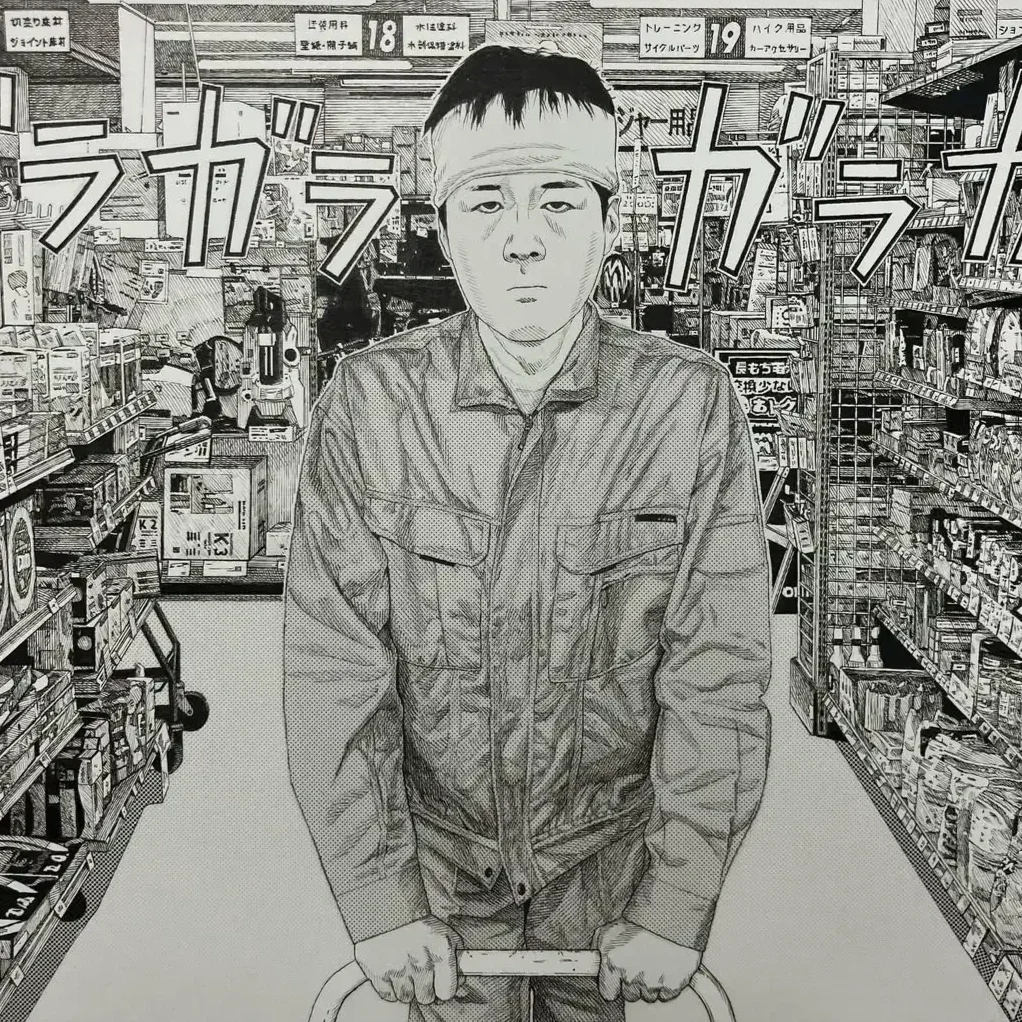
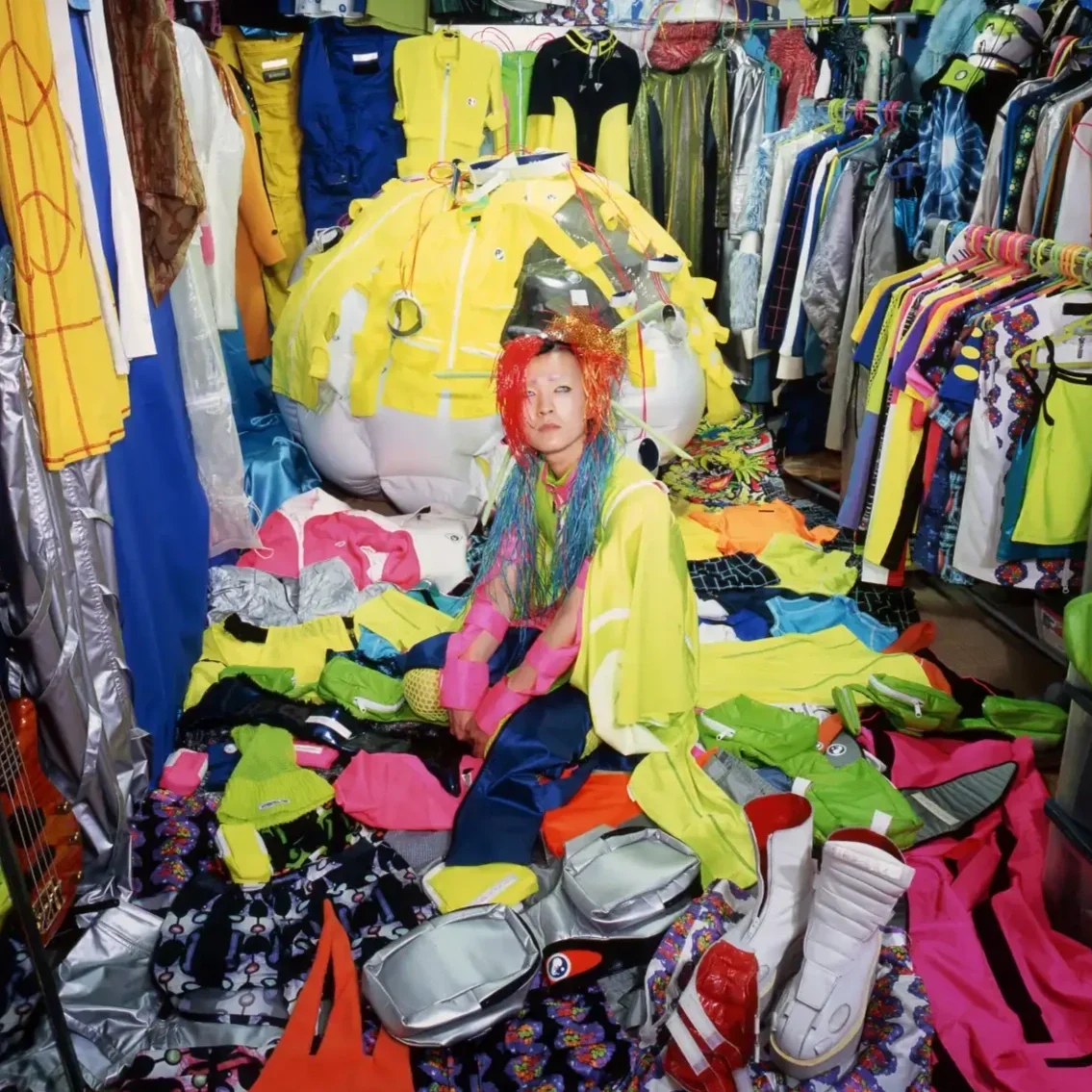
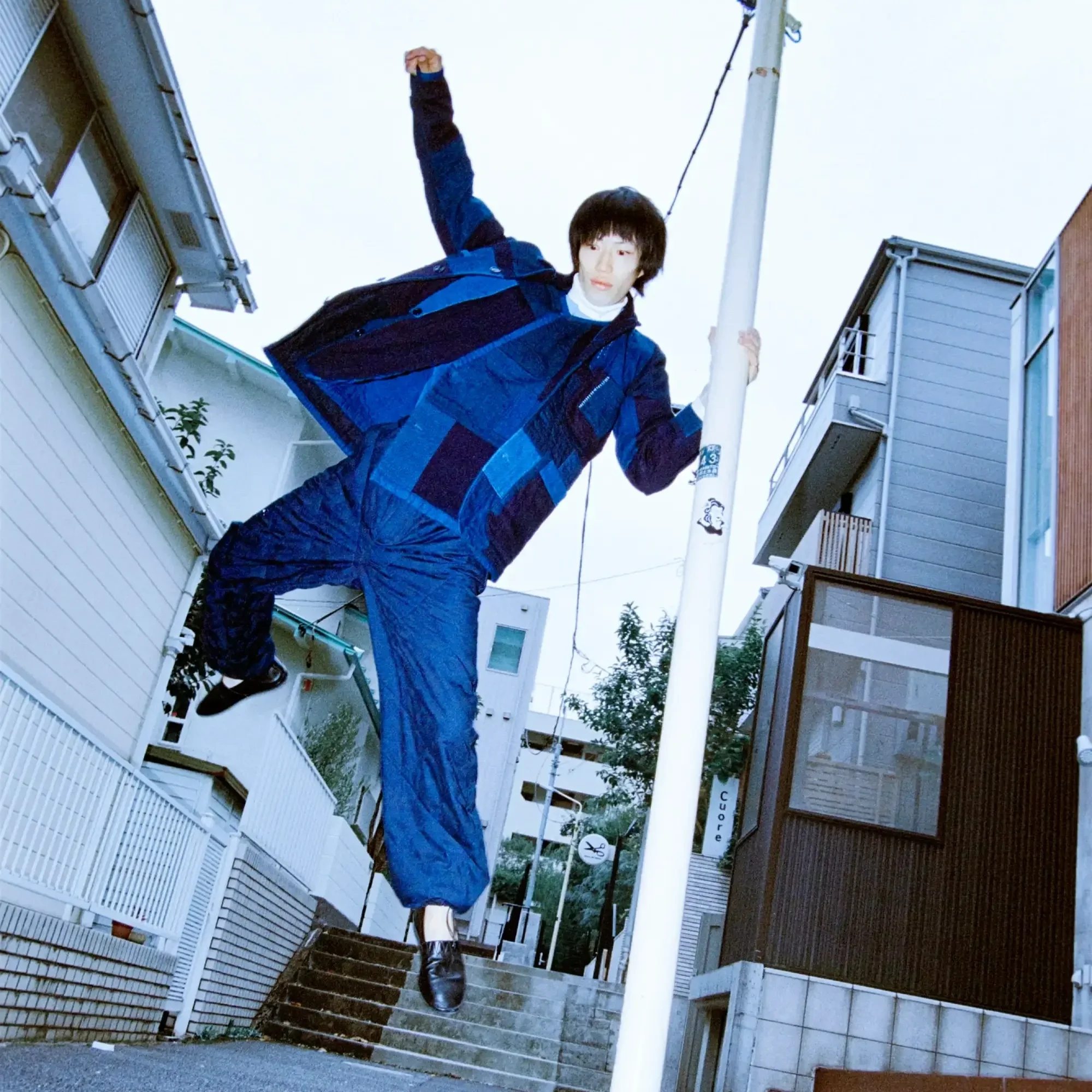

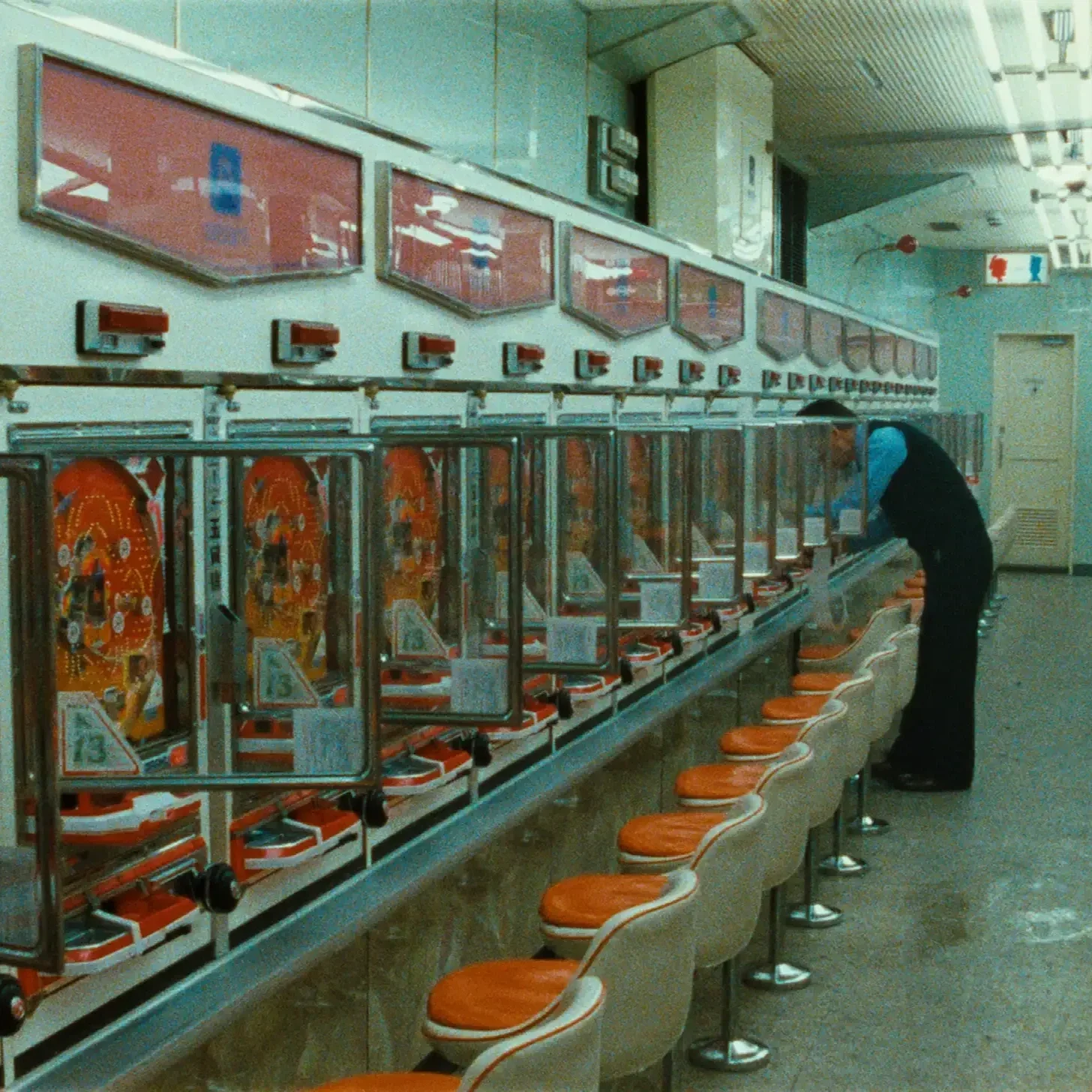

COMET Magazine bridges art, fashion, and culture in Tokyo’s youth movement.